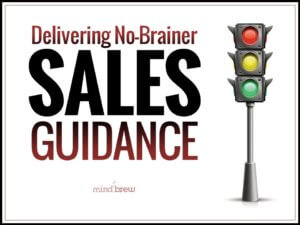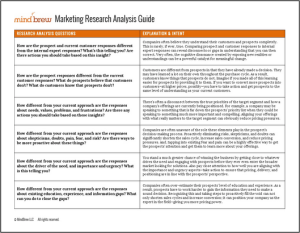Over at the Help Desk of the SellingBrew Playbook, we fielded a somewhat provocative question:
“What’s the difference between customer retention and defection detection?”
It’s a reasonable question. After all, it would be pretty easy to assume that they are just different terms for the same thing, right?
Wrong.
Simply put, “customer retention” is an objective.
And while customer retention may indeed be an extremely worthwhile strategic objective, it’s far too vague to be an actionable strategy. Anything from offering massive discounts to sending customers a bunch of worthless trinkets could be justified in the interest of customer retention.
On the other hand, “defection detection” is a specific strategy.
As a strategy, detecting the signs of customer defection—early enough to do something about it—is much more actionable. There are specific analytical processes and procedures that can be applied to identify at-risk accounts. And once identified, there are specific account management actions that can be defined to investigate further.
So, customer retention is the objective and defection detection is the strategy or process for achieving the objective.
The difference in definitions may seem subtle—but the difference in performance is substantial.











